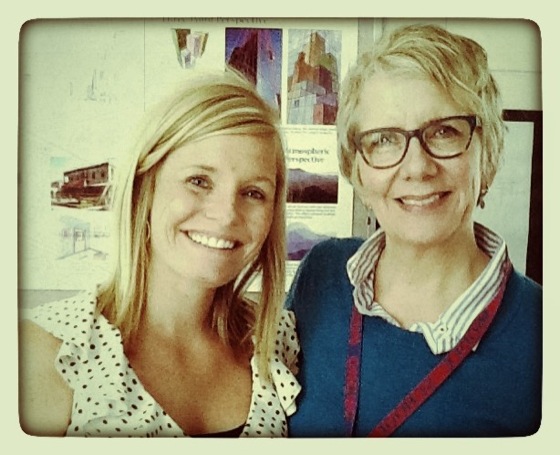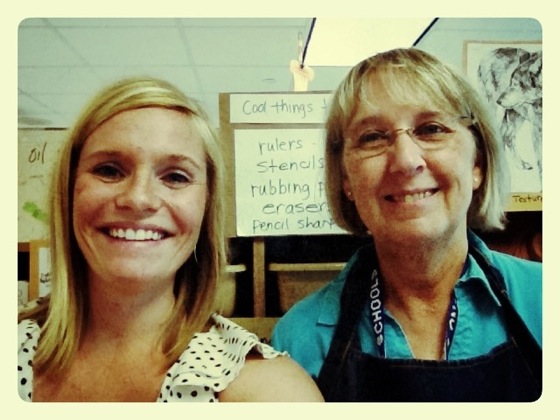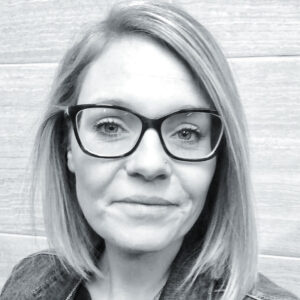Peer observations can be one of the most beneficial professional development opportunities you participate in. If your district offers the opportunity to participate in a peer observation, I highly recommend you take advantage of it. Nine times out of ten, you will be amazed with the amount of knowledge you will learn from your colleague and how beneficial these types of observations can be for both people.
Here 10 tips to help you have a successful peer observation.
1. Research the peer observation process for your district.
Some districts have a general policy allowing all staff members to participate in a peer observation and some do not. If you’re unsure what your district’s policy is, inquire about it.
2. When choosing your peer to observe, pick someone who is doing something you’re interested in.
Maybe the person you choose teaches a particular lesson you want to see or teaches at a school similar to yours. Be creative. If your district allows it, you can observe other grade levels as well. I’ve had elementary art teachers observe me teach middle school art.
3. Be creative in who you consider a colleague.
Typically people consider their colleagues to be people in their district. Think outside the box. The internet allows us to collaborate and learn from people all over the country. Research and find a colleague close to you who teaches in a different district. This year, I observed an art teacher in a different state. Since I’m implementing a modified personalized learning environment (choice based curriculum or Teaching for Artistic Behavior (T.A.B.) in my classroom and writing a grant for iPads, I wanted my peer observation to incorporate both. I searched online and found Lockie Chapman, a modified T.A.B teacher in Orono, Minnesota. I connected with Lockie and arranged a visit. Visiting her classroom allowed me to see a modified T.A.B. classroom in person and allowed me to gain a lot of ideas.

4. Ask if you can observe one teacher in the morning and one in the afternoon to make the best use of your day.
Lockie also arranged an additional opportunity for me to observe her colleague, Mary Holmgren, an elementary T.A.B teacher. This second observation allowed me to see a second teacher’s choice-based classroom.

5. Advocate for what you want.
I knew I wanted to observe Lockie, so I had to advocate for observing someone outside the district since “in-district observations” are the status quo. I presented my idea to my administrator and, with her help, the district approved my visit.
6. Create a goal or objective for your visit.
When I observed Lockie, I communicated my goals of seeing how a T.A.B. classroom functioned at the Middle School level and how she incorporated iPads into her curriculum. This helped us arrange a date for the visit and allowed us to keep my goal in mind throughout the day.
7. Make a list of questions you want to ask during your observation.
I brought a list and made sure we went over them before I left. This helped me be sure I focused on what I wanted to learn with my visit.
8. Take lots of photographs.
I took photos of her room set up, DVD’s I wanted to buy, students working and art examples. I took notes and photographs with my iPad as I walked around the room.
9. Be positive.
Sometimes peer observations don’t go as planned. Sometimes they go even better than we could imagine. Keep a positive attitude and remember that it’s a learning experience for everyone involved.
10. Say thank you.
I’m horrible at sending thank you cards, but I figure they’re better late than never. Be sure to send a written, snail mail, thank you card to the person or people you observe, regardless of how your observation went.
Tell us, are peer observations something your school or district supports?
Who would be your dream teacher to observe?
Magazine articles and podcasts are opinions of professional education contributors and do not necessarily represent the position of the Art of Education University (AOEU) or its academic offerings. Contributors use terms in the way they are most often talked about in the scope of their educational experiences.




